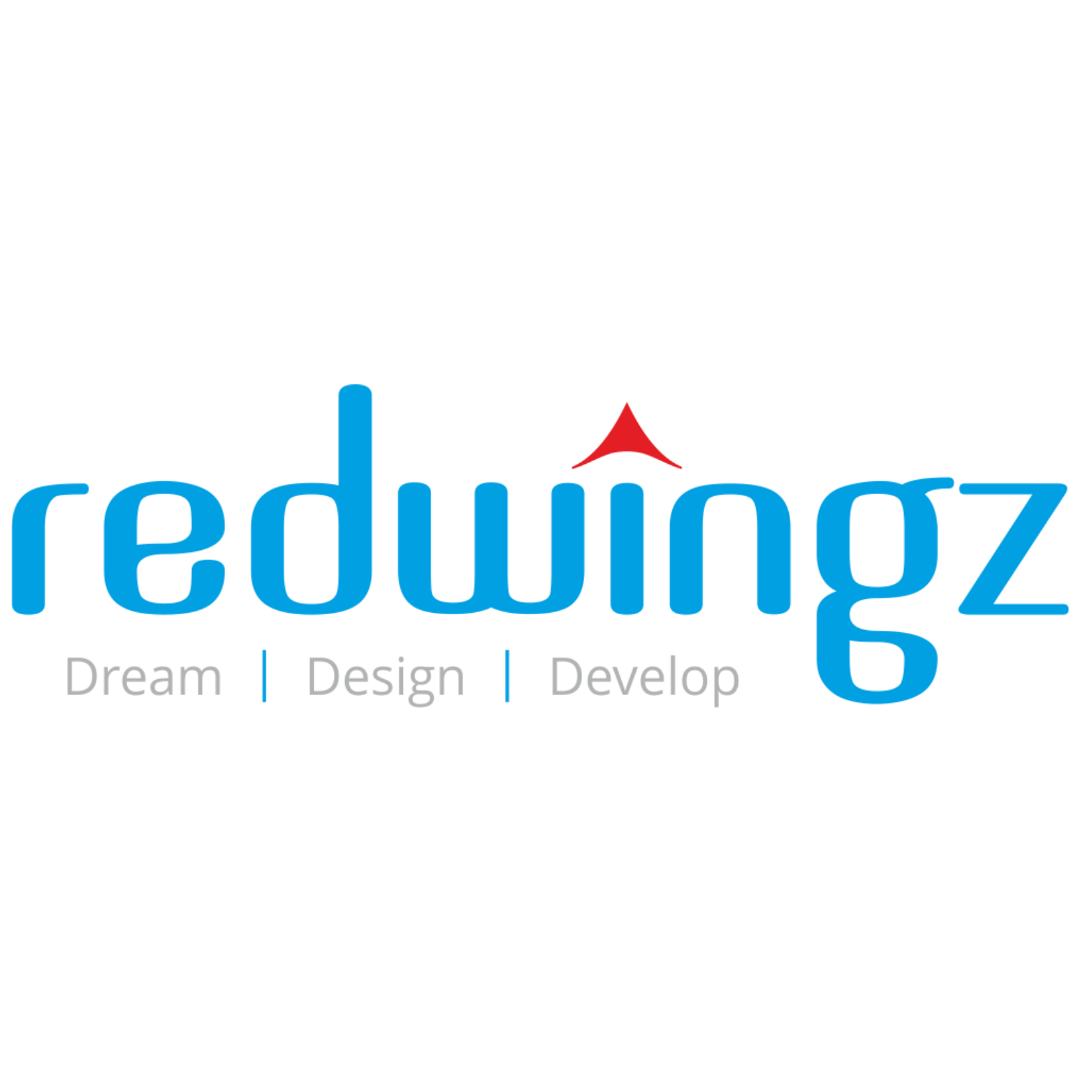Transforming Executive Education: The Future of Managerial Development Programs
- Prakash Trivedi

- Aug 23, 2024
- 3 min read

Introduction: The State of Executive Education Today
Organizations worldwide invest billions in executive education annually, yet the return on investment often disappoints. Traditional executive education programs, typically offered by business schools, have focused on hard skills like strategy and financial analysis. However, as the business landscape evolves, these programs increasingly fail to address the essential soft skills needed by today’s leaders, such as communication, empathy, and adaptability.
The Challenges of Traditional Executive Education
Chief Learning Officers (CLOs) often express frustration with traditional programs. Despite their high costs, these programs are too episodic, exclusive, and disconnected from the real-world challenges that executives face. Moreover, there is a significant gap between the skills taught and the skills needed, particularly in today’s fast-paced, collaborative environments. This gap is compounded by the difficulty in transferring classroom learning to practical workplace application, a phenomenon known as the skills transfer gap.
The Rise of the Personal Learning Cloud (PLC)
In response to these challenges, a new paradigm in executive education is emerging: the Personal Learning Cloud (PLC). The PLC is an array of online courses, interactive platforms, and digital tools that offer a more personalized, contextualized, and trackable learning experience. Unlike traditional programs, the PLC allows organizations to tailor learning experiences to the specific needs of their employees, ensuring that the skills learned are immediately applicable in the workplace.
Why the PLC Is the Future of Leadership Development
The PLC is revolutionizing leadership development by making learning more accessible, affordable, and relevant. It addresses the three primary gaps in traditional executive education: the motivation gap, the skills gap, and the skills transfer gap.
Personalized Learning: The PLC enables employees to pursue learning at their own pace, focusing on the skills most relevant to their roles. This personalization ensures that learning is directly aligned with the individual’s job responsibilities and the organization’s strategic goals.
Socialized Learning: Platforms within the PLC facilitate collaboration and knowledge sharing among peers, which enhances the learning experience. This social aspect is crucial for developing the interpersonal skills that are increasingly valued in today’s flat, networked organizations.
Contextualized Learning: By integrating learning into the workflow, the PLC ensures that new skills are applied immediately, thus bridging the skills transfer gap. Employees can learn in real-time, within the context of their daily tasks, making the learning experience more relevant and impactful.
The Benefits of the PLC for Organizations
Adopting the PLC model offers several benefits for organizations:
Cost Efficiency: The PLC reduces the cost of executive education by enabling organizations to purchase only the learning experiences they need, rather than expensive, bundled programs. This flexibility makes it possible to deliver high-quality education to a broader audience at a fraction of the cost of traditional programs.
Scalability: The digital nature of the PLC allows organizations to scale their leadership development efforts more easily. As the number of corporate universities and in-house learning environments grows, the PLC makes it possible to offer leadership training to more employees, without a significant increase in resources.
Improved ROI: By aligning learning experiences with organizational needs and ensuring that new skills are immediately applied in the workplace, the PLC enhances the return on investment in leadership development.
Implementing the PLC in Your Organization
To implement the PLC effectively, organizations should follow these steps:
Assess Needs: Start by identifying the skills and capabilities that are most critical for your organization’s success. This assessment will guide the selection of learning experiences within the PLC.
Choose the Right Platforms: Select platforms that offer the flexibility, scalability, and personalization that your organization needs. Consider the user experience, the range of available content, and the ability to track and measure learning outcomes.
Integrate Learning into the Workflow: Ensure that learning is embedded into the daily routines of employees. This could involve using mobile apps for micro-learning, incorporating learning modules into existing workflows, or creating on-the-job learning opportunities.
Measure and Adjust: Continuously monitor the effectiveness of your PLC initiatives. Use data analytics to track progress, measure the impact on performance, and make necessary adjustments to optimize outcomes.
Conclusion: Embracing the Future of Leadership Development
As the business environment continues to evolve, organizations must rethink their approach to leadership development. The Personal Learning Cloud offers a powerful solution to the limitations of traditional executive education, providing a more personalized, socialized, and contextualized learning experience. By embracing the PLC, organizations can develop the leadership skills necessary to thrive in today’s complex, fast-paced world.
Redwingz is committed to helping organizations navigate this transformation. With our expertise in leadership development and digital learning, we can guide you in implementing a PLC that meets your organization’s unique needs. Contact us today to learn more about how we can support your leadership development initiatives.




Comments